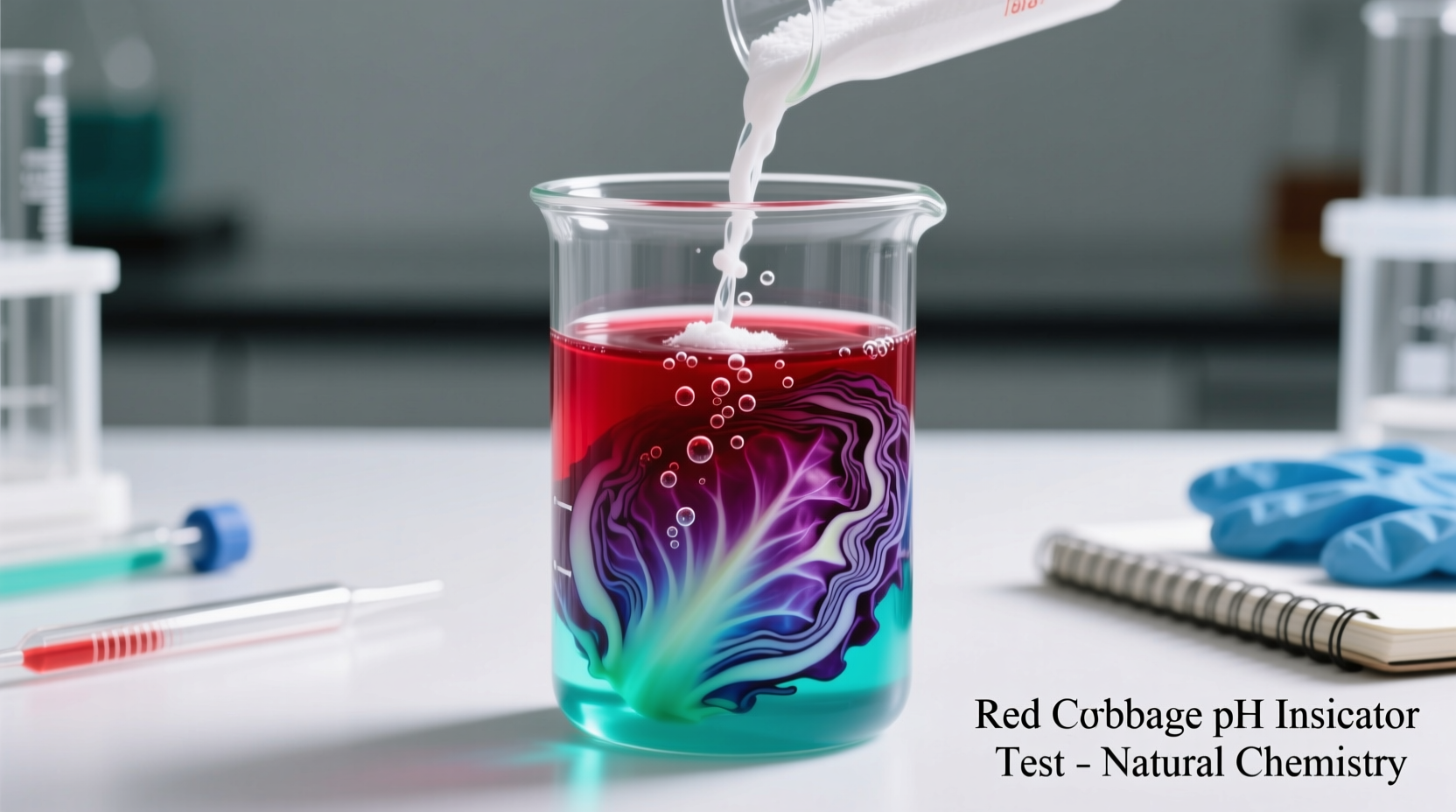Making your own purple food coloring at home solves a common kitchen dilemma: how to achieve vibrant hues without artificial ingredients. Whether you're concerned about food dyes for your children, following special dietary needs, or simply prefer natural cooking methods, these accessible techniques deliver professional results using pantry staples.
Why Natural Purple Coloring Matters Today
Recent consumer trends show 68% of home bakers actively seek alternatives to artificial food dyes, according to a 2024 FDA consumer survey. The primary concerns driving this shift include potential hyperactivity in children, unknown long-term health effects, and a growing preference for transparent ingredient lists. Natural purple coloring offers a solution that aligns with clean eating principles while maintaining visual appeal in your culinary creations.
The Science Behind Natural Purple Hues
Natural purple coloring relies on anthocyanins—water-soluble pigments found in certain fruits and vegetables. These compounds change color based on pH levels:
| pH Level | Color Result | Common Ingredients |
|---|---|---|
| 2-3 (Acidic) | Bright red | Strawberries, raspberries |
| 7 (Neutral) | Purple | Blueberries, blackberries |
| 8-9 (Alkaline) | Blue-green | Red cabbage + baking soda |
This pH sensitivity explains why red cabbage transforms from blue to purple when you add baking soda. Understanding this chemistry allows you to precisely control your final color outcome.
Top 4 Natural Purple Coloring Methods Compared
Each method produces different purple shades with varying intensity and stability. Choose based on your specific recipe requirements:
- Red Cabbage Technique (Most Versatile)
Produces the most vibrant, stable purple through pH adjustment. Ideal for icings and frostings where color intensity matters most. The USDA FoodData Central confirms red cabbage contains 25.7mg of anthocyanins per 100g, making it exceptionally potent.
- Blueberry Concentrate (Milder Option)
Creates soft lavender tones perfect for delicate baked goods. Requires more quantity but adds subtle berry flavor.
- Beet-Blueberry Blend (Rich Purple)
Combines betalains from beets with anthocyanins from blueberries for deep, jewel-toned purple without strong flavor transfer.
- Blackberry Method (Deep Purple)
Delivers intense color but may affect recipe flavor profile due to stronger berry taste.
Step-by-Step: Creating Perfect Purple Coloring
Method 1: Red Cabbage Power (Most Reliable)
This professional technique yields the most consistent purple results:
- Chop 2 cups of red cabbage into small pieces
- Simmer with 2 cups water for 20 minutes until deeply colored
- Strain through cheesecloth, pressing to extract maximum liquid
- Cool to room temperature (warm liquid affects pH)
- Add baking soda 1/8 teaspoon at a time, stirring until desired purple appears
- Store in glass container in refrigerator for up to 5 days

Method 2: Quick Berry Blend (Beginner-Friendly)
For immediate use in recipes where slight fruit flavor is acceptable:
- Combine 1 cup fresh or frozen blueberries with 1/2 cup beets (cooked or raw)
- Add 2 tablespoons water to aid blending
- Process until completely smooth
- Strain through fine mesh sieve to remove solids
- Use immediately for best color retention
Color Adjustment Secrets Professionals Use
Master these techniques to achieve your exact purple shade:
- Lighter lavender: Add lemon juice (acidic) to shift toward pink tones
- Deeper violet: Add more baking soda incrementally (alkaline)
- True purple: Target pH 7.0-7.5 using cabbage method
- Color stability: Add 1/4 teaspoon cream of tartar to prevent fading
Remember that natural colors will continue developing for 24 hours after application. Test a small batch first and allow time for color to stabilize before final presentation.
Storage and Usage Guidelines
Maximize effectiveness with these practical tips:
- Refrigerate in airtight glass containers for up to 5 days
- Freeze in ice cube trays for longer storage (up to 3 months)
- Use within recipes containing 1-2% coloring by weight for best results
- Avoid high-heat applications that degrade natural pigments
- Best applications: frostings, cake batters, cookie doughs, and no-bake treats
Troubleshooting Common Issues
Resolve these frequent challenges with natural purple coloring:
- Color turns blue: Too much baking soda - add lemon juice drop by drop
- Color fades quickly: Insufficient concentration - reduce water content
- Unwanted flavor: Use less berry content or strain more thoroughly
- Inconsistent results: Measure pH with strips for precision (target 7.0-7.5)
When Commercial Coloring Might Be Better
While natural options work well for most home applications, consider commercial purple food coloring when:
- You need consistent color for professional baking competitions
- Creating intricate designs requiring precise color control
- Working with recipes containing extreme pH levels
- Needing colors that maintain vibrancy through extended baking times
For everyday home use, natural purple coloring provides a safe, effective alternative that aligns with clean eating principles without compromising visual appeal.











 浙公网安备
33010002000092号
浙公网安备
33010002000092号 浙B2-20120091-4
浙B2-20120091-4